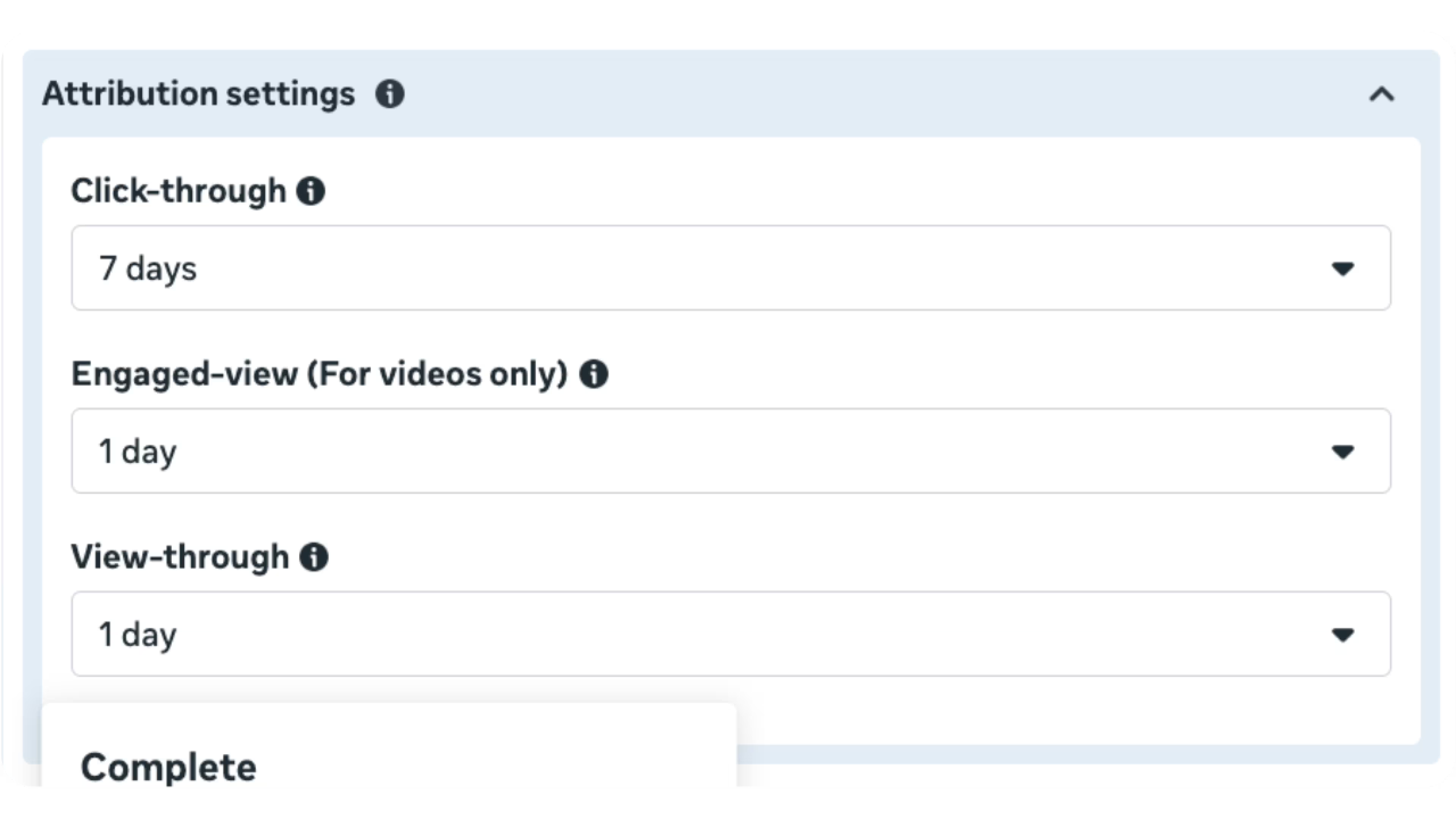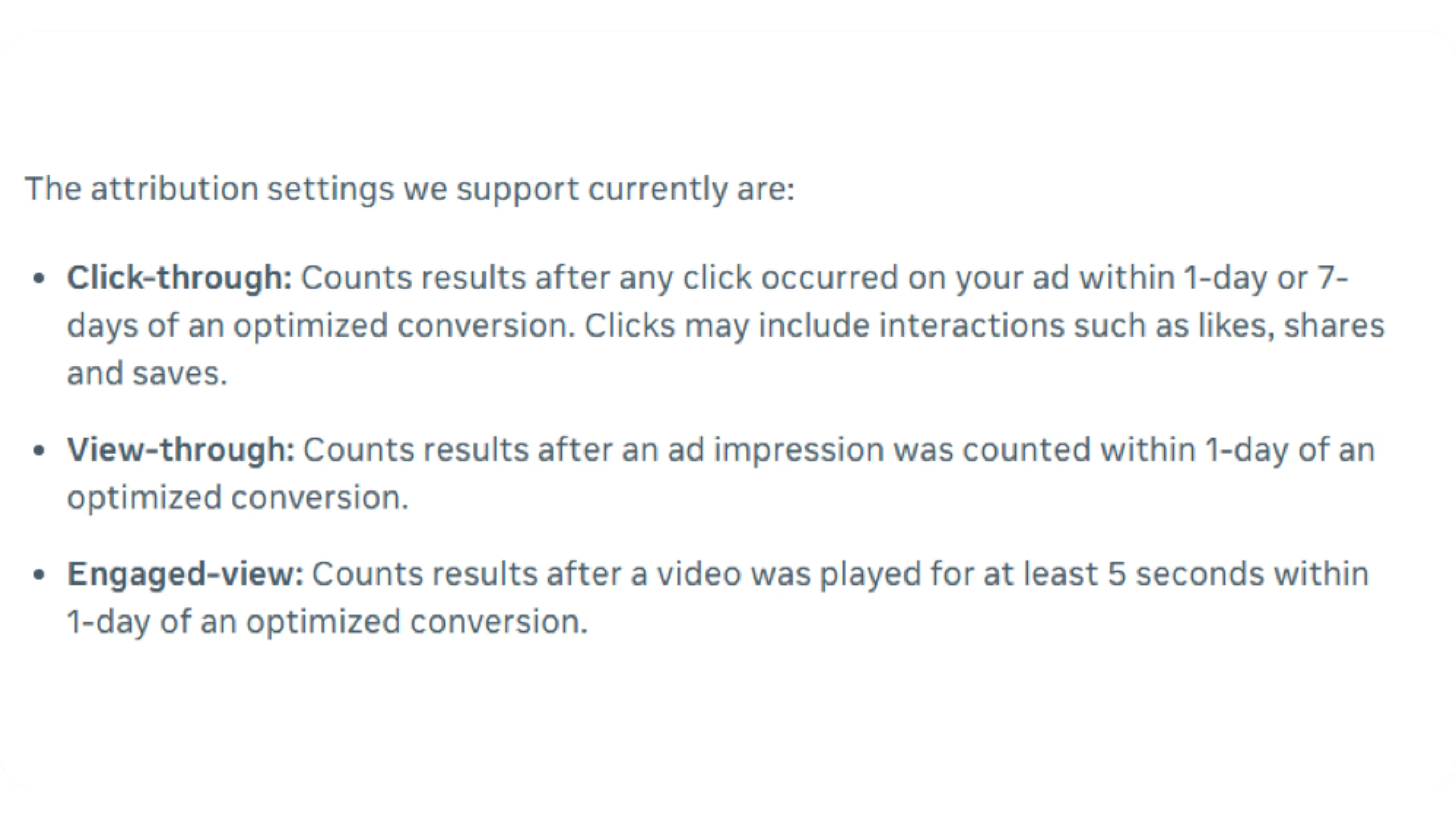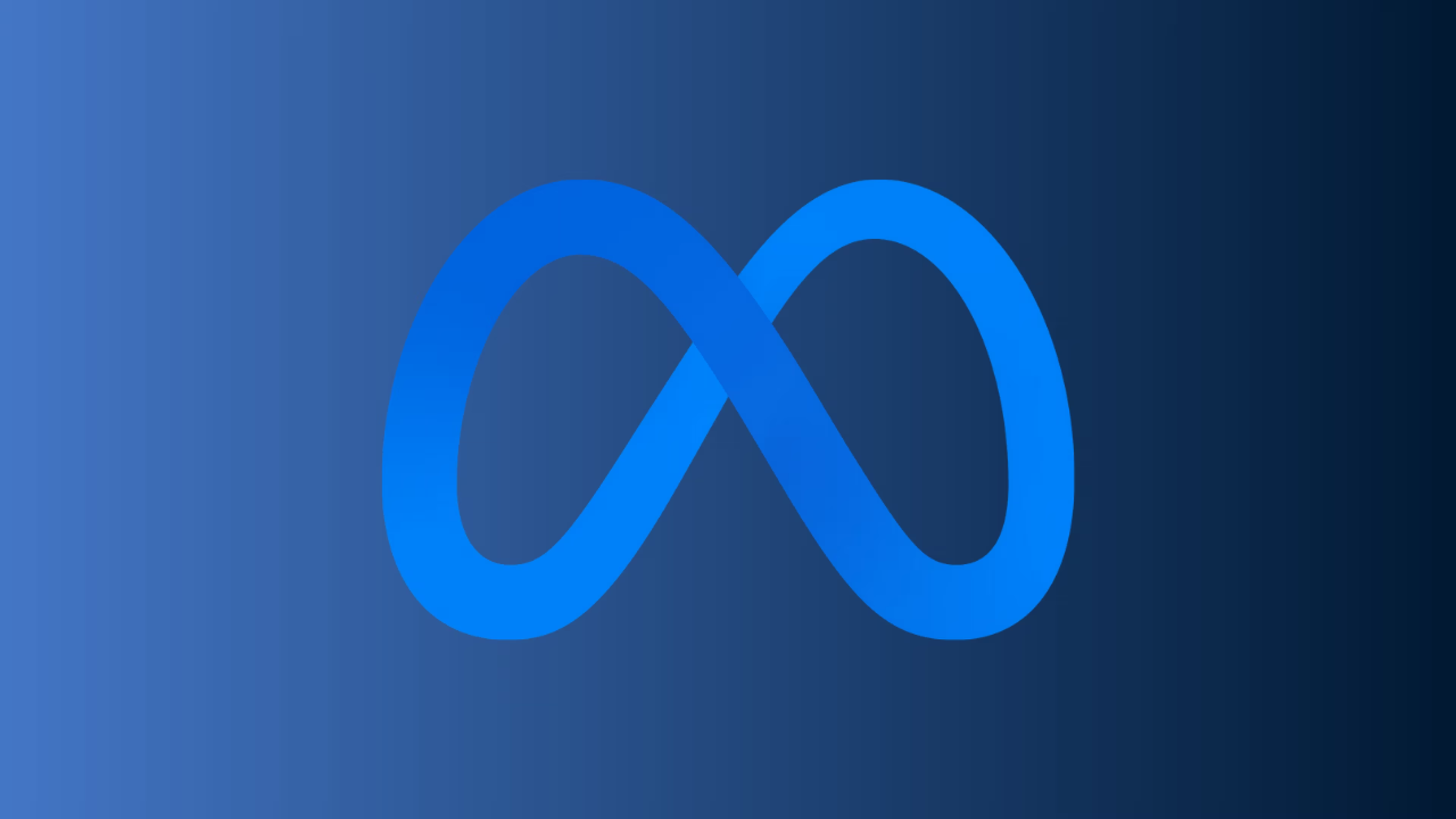Meta's attribution window update in October 2025 introduced two critical changes to how the platform measures ad performance. First, Meta clarified that "clicks" now officially include likes, shares, and saves, not just link clicks. Second, Meta will eliminate 7-day and 28-day view-through attribution windows from its Ads Insights API on January 12, 2026. Combined with new restrictions limiting historical data access to just 13 months for most breakdowns and 6 months for frequency data, these updates fundamentally reshape campaign measurement for awareness and top-of-funnel strategies.
Understanding Meta's Attribution Window Update 2025
Meta made two significant updates to ad performance measurement. Neither change was announced prominently, the first appeared as a quiet documentation update, and the second was buried in developer blog posts.
Change #1: "Clicks" Now Include Social Interactions
Between late September and early October 2025, Meta updated its help documentation to clarify what counts as a "click" for attribution. The new definition reads:
"Counts results after any click occurred on your ad within 1-day or 7-days of an optimized conversion. Clicks may include interactions such as likes, shares and saves."
The previous definition simply stated "a person clicked your ad and took an action" without specifying which clicks counted.
Performance marketer Barry Hott spotted the change first. Jon Loomer, who has documented Meta attribution issues extensively, confirmed this exact language was new, though the behavior had likely been happening for years without acknowledgment.
What this means in practice:
- Someone sees your conversion campaign ad, likes the post, then purchases your product two days later by searching your brand on Google. In Meta Ads Manager, this shows as a 7-day click conversion, even though they never clicked through to your website. The "like" counted as the click.
- Previously, marketers assumed "click conversions" meant link clicks. Now it's official: any engagement with the ad like likes, shares, saves, can trigger click attribution.
Change #2: View-Through Attribution Windows Eliminated
Starting January 12, 2026, Meta will eliminate two view-through attribution windows from its Ads Insights API:
- 7-day view-through attribution (7d_view) - eliminated
- 28-day view-through attribution (28d_view) - eliminated
What survives:
- 1-day click
- 7-day click
- 28-day click
- 1-day engaged view (video campaigns)
- 1-day view
View-through attribution credits conversions to ads people saw but didn't click. It's been controversial because it can overstate ad impact by attributing conversions that might have happened anyway.

How These Meta Ads Attribution Changes Affect Your Reporting
Example 1: E-commerce Awareness Campaign
Before October 2025:
Your Facebook campaign shows:
- 500 7-day click conversions
- 200 7-day view conversions
- Total: 700 conversions
You assume those 500 "click conversions" came from link clicks to your site.
After October 2025 (reality check):
Looking at Landing Page Views, you see only 320 link clicks. That means 180 "click conversions" came from people who liked, shared, or saved your ad without visiting your website.
After January 12, 2026:
Those 200 7-day view conversions disappear from reports entirely. You'll only see 1-day view conversions (typically far fewer).
Your new attributed total drops to approximately 520 conversions. Same performance, but reported conversions dropped 26%.
Example 2: B2B Lead Generation
Current scenario:
- Someone sees your marketing automation ad
- They don't click but remember your brand
- 14 days later, they search your company and convert
- Shows as a 28-day view-through conversion
After January 12, 2026:
That conversion isn't attributed to your ad at all. The 28-day view window doesn't exist. For B2B marketers with longer sales cycles, view-through attribution becomes nearly useless.
Example 3: Historical Data Loss
You're analyzing Q4 2024 holiday performance to plan Q4 2025. You need:
- Unique actions by hour of day
- Frequency data showing ad exposures before conversion
- Year-over-year unique user metrics
After January 12, 2026:
- Unique-count fields: 13-month limit. By March 2026, you can't access Q4 2024 data.
- Frequency breakdowns: 6-month limit. Historical frequency analysis disappears.
- Hourly breakdowns: 13-month cap.
If you don't export this data before January 12, 2026, it's gone forever.
Action Plan for Meta Attribution Window Update 2025
Action 1: Export Historical Data Now
Priority exports:
- Unique action metrics for 24+ months
- Frequency breakdown data for 12+ months
- Hourly performance breakdowns for dayparting analysis
- Year-over-year comparison data for 2026 planning
You can export manually through Ads Manager, use Meta's API directly, or automate with tools like Dataslayer if pulling from multiple ad accounts.
Action 2: Add New Columns to Reports
Since "clicks" include social interactions, add these columns to understand actual traffic:
- Link Clicks - only counts link clicks
- Landing Page Views - people who loaded your landing page
- Outbound Clicks - clicks leaving Meta's platforms
Compare these against conversions. High conversions with low link clicks means engagement-based attribution.
Action 3: Reassess Attribution Windows
For awareness campaigns:
You're losing your primary measurement tool. Consider:
- Switching to 1-day view windows (expect significantly lower numbers)
- Using engaged-view attribution for video (tracks conversions within 24 hours of 10-second views)
- Supplementing with brand lift studies
For direct response:
- Rely more on click attribution (remembering clicks include likes/shares)
- Use first-party data and Conversions API for server-side tracking
- Implement better UTM tracking to validate conversions in GA4
Learn more about how Meta Ads and GA4 attribution differ and how to align your measurement.
Action 4: Set Realistic Expectations
Your metrics will look worse, but your actual performance isn't changing.
Have conversations with clients or your team now about what's happening. A 20-30% drop in reported conversions is normal when view-through attribution gets restricted.
Document current performance using both old and new attribution windows so you can show the impact is measurement-related, not performance-related.
Why Meta Made These Changes
Meta hasn't provided extensive public rationale, but the changes align with industry trends:
- Privacy regulations: Longer attribution windows face increasing scrutiny under GDPR and CCPA. Shorter windows reduce privacy concerns.
- Accuracy over inflation: View-through attribution has been criticized for inflating metrics. Meta's attribution system documentation shows the company moving toward more conservative measurement.
- Platform consistency: Changes bring API reporting in line with Meta Ads Manager, reducing discrepancies between manual and programmatic reporting.
- Incremental attribution push: Meta has been expanding incremental attribution globally, measuring conversions directly caused by ads rather than all conversions within attribution windows. Testing showed advertisers using incremental attribution achieved a 46% increase in truly incremental conversions.

Frequently Asked Questions
Will my campaigns stop running after January 12, 2026?
No, campaigns continue running normally. Only reporting and attribution windows change. You'll still optimize for conversions and see results, just measured differently. Existing campaigns don't need modification.
Can I still use 28-day click attribution?
Yes. The 28-day click attribution window remains available. What's being eliminated are the 7-day and 28-day view-through attribution windows (measuring people who saw but didn't click). Click-based attribution (1-day, 7-day, 28-day) continues working.
How do I know if a conversion came from a link click vs. a like or share?
Compare "Conversions" against "Link Clicks" and "Landing Page Views" in Ads Manager. If you have 100 conversions but only 60 landing page views, approximately 40 conversions came from engagement interactions rather than website visits. Cross-reference with Google Analytics to see how many conversions show Meta as source, that's your most accurate click-through count.
Should I stop running awareness campaigns?
Not necessarily, but you'll need alternative measurement. Consider brand lift studies, incremental attribution testing, or 1-day view windows (which remain available). For video campaigns, engaged-view attribution (tracking conversions within 24 hours of 10-second views) provides another option. You may need to accept that upper-funnel campaigns will be harder to directly attribute.
What happens to my historical data after January 12, 2026?
Data in Meta Ads Manager remains viewable for up to 37 months for aggregate metrics. However, API access to certain breakdowns gets restricted: unique-count fields and hourly breakdowns limited to 13 months, frequency breakdowns to 6 months. Export and archive data before the deadline if you need granular historical analysis beyond these windows.
Will Google Ads make similar changes?
Google has different attribution methodologies and retention policies. As of late 2025, Google Ads still offers 30-day click attribution windows and various data-driven attribution models. However, the industry trend toward privacy-focused measurement affects all platforms. Monitor your platforms individually rather than assuming Meta's changes mirror elsewhere.
How will this affect my ROAS and CPA metrics?
Expect reported ROAS to decrease and CPA to increase because you're measuring fewer attributed conversions. This doesn't mean campaigns are performing worse, it means you're measuring them more conservatively. The conversions still happen; they're no longer attributed to your ads under the new methodology. Document baseline metrics using both current and new attribution windows before January 12 to demonstrate the impact is measurement-related.
The Bottom Line
Meta's attribution window update 2025 isn't optional. By January 12, 2026, every marketer using Meta Ads works within these new constraints.
Act now to minimize disruption: Export historical data, add the right columns to reports, and set realistic expectations about what's changing and why.
Expect the impact: Reported performance metrics will likely drop 20-30% for awareness campaigns, and you'll lose access to historical data needed for year-over-year comparisons.
Understand your metrics: When Meta counts likes and shares as clicks, your conversion numbers tell a different story than you might think, and that story just became official policy.
Want to automate your Meta Ads reporting before these changes take effect? Try Dataslayer free for 15 days to connect Meta Ads to Google Sheets, Looker Studio, BigQuery, or Power BI, and ensure you've exported all historical data before the January 12 deadline.







